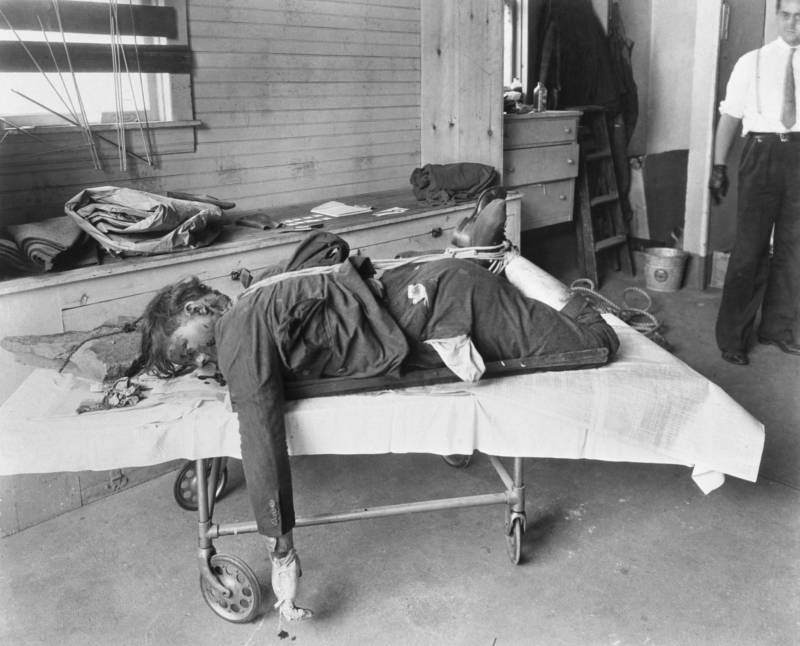

In Chicago, the Klan had become mainstream - and it was not only accepted but celebrated. (Some experts estimate the number of members may have actually been somewhere between 40,000 to 80,000.) In 1922, the Chicago Ku Klux Klan claimed over 100,000 members, the largest Klan membership in any American city at the time.

The gangsters weren’t the only ones calling the shots in 1920s Chicago. New York Daily News Archive/Contributor/Getty Images Robed members of the Ku Klux Klan at a church in Chicago in the 1920s. While Chicago wasn’t the only city in America to experience racial violence during this so-called Red Summer, its riot was among the worst.Īccording to historian Isabel Wilkerson, “Thus riots would become to the North what lynchings were to the South, each a display of uncontained rage by put-upon people directed toward the scapegoats of their condition.” The Ku Klux Klan In Chicago’s Roaring Twenties The Chicago race riot of 1919 also left 1,000 Black Chicagoans homeless after rioters torched their residences. Over the course of a week, 38 people died and over 500 sustained injuries - with Black Chicagoans making up a majority of the victims.

White mobs flooded the city’s Black neighborhoods, lighting homes on fire and attacking residents. And it didn’t take long for more violence to erupt. Williams’ death - and the refusal of white policemen to arrest his killers - attracted angry crowds at the beach. But when a Black teenager named Eugene Williams crossed an invisible color line located near 29th Street, white Chicagoans lashed out at him.Ī group of white beachgoers hurled rocks at the teenager, causing him to drown. At first, it seemed like any other summer day in the city. It all started on July 27, 1919, when Chicagoans flocked to the beaches of Lake Michigan to swim. The Chicago Riots And The Red Summer of 1919Ī mob of white men stone and beat a Black victim outside a home in Chicago during the 1919 race riot.ĭuring the Red Summer of 1919, racial tensions boiled over in Chicago. And even when they were able to find somewhat nicer homes, white residents violently attacked them. The city often pushed Black residents into tenement housing. Instead of formal Jim Crow laws, the city simply enforced segregation in other ways. Unfortunately, for many families who moved north, Chicago was not an escape from discrimination. But this wave of migration quickly fueled tensions between Black and white communities in Chicago. The nation’s largest Black newspaper, the Chicago Defender, promoted a vision of prosperity for African Americans in the city. And as foreign immigration rates plummeted around this time, African American workers stepped in.įinally, Black Chicagoans encouraged Southerners to come to the North. In the advent of World War I, an increasingly industrialized city needed as many workers as possible to keep the place running. So it’s no surprise why they would want to live in a place where they could hypothetically have more freedom.Īnother factor was Chicago’s need for more workers. In the South, the rise of Jim Crow restrictions essentially made Black people second-class citizens. All told, more than 500,000 Black Southerners moved to Chicago throughout the Great Migration.īut what drove this Great Migration in the first place? One big factor was Jim Crow. In the decades following, the number continued to grow and grow. So during the Great Migration, Chicago’s Black population skyrocketed.īetween 19, the city’s African American population more than doubled. Over 6 million Black Americans left the South during the early and mid-20th century. Jacob Lawrence/National Archives and Records AdministrationĪrtist Jacob Lawrence’s painting, titled, “During the World War there was a great migration North by Southern Negroes.” 1941.


 0 kommentar(er)
0 kommentar(er)
